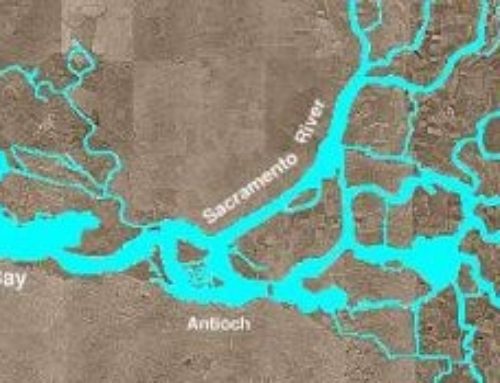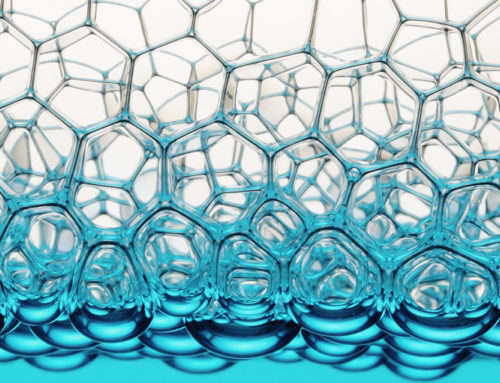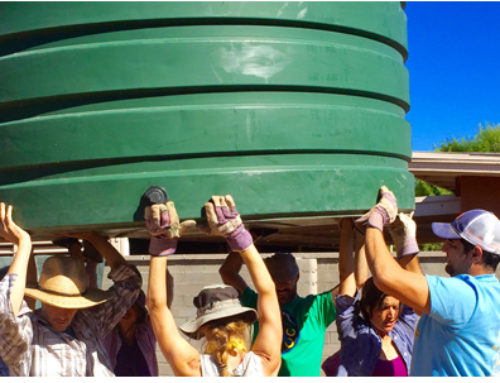-
(Click link for full image)
Most Americans have no idea how much water they use every day. Do you? In addition to the water use that you as an individual can document by looking at your monthly water bill, there is also water use embedded in many of the activities you do, the food you eat, and all forms of power use.
This infographic from takepart.com not only points to the average individual use across the US, but how that compares with average international water use per individual. We can also see the water footprint for irrigation, the production of thermonuclear energy, and other major uses.
ConSol provides indepth information pertinent to this topic in their report, Water Use in the California Residential Home.
Water Efficiency has also addressed World Water Day in March by “highlighting the connection between individual behavior and large-scale water resource management. Their iPhone app, Waterprint, includes the water footprints of over 100 items, including many food and beverage items. The app also includes a water footprint calculator so that you can add up the drops (and gallons) that went in to making that lunchtime sandwich or happy hour cocktail. The app is free and available for the iPhone and iPad. A Web browser version of the app is also available for Blackberry and Android users.
In that same spirit of playful—but informative—interaction, World Water Day has teamed up with One Drop to create the Blue Lunchbox Challenge. Just drag and drop food items onto the plate, and the water footprint of your meal will be automatically calculated. The goal of the game is to encourage consumers to replace high footprint foods with their low footprint replacements, along with highlighting the need to reduce wasteful food habits.
One Drop offers some other tips for lowering your water footprint:
* Follow a healthier, sustainable diet.
* Consume less water-intensive products.
* Reduce the scandalous food wastage: 30% of the food produced worldwide is never eaten, and the water used to produce it is definitively lost!
* Produce more food, of better quality, with less water.”Another source for determing your own water use, whether direct or embedded, is by visiting Water Footprint, an excellent website that provides a variety of tools and reports that give you the necessary information for you to make the best water-savingf decisions. Visit Water Footprint’s Waterstat.
Quite frankly, one of the simplest things you can do starting today is to simply turn down the flow on your kitchen sink as you wash and rinse. Every gallon counts.








